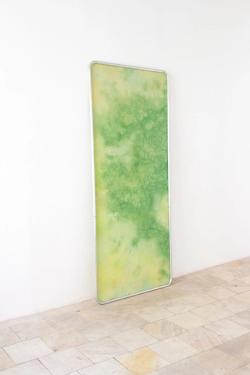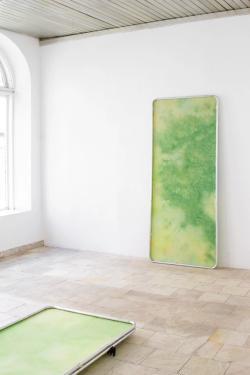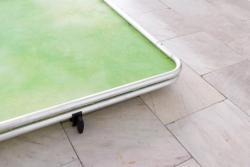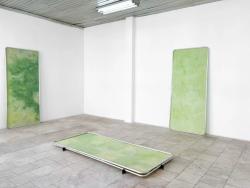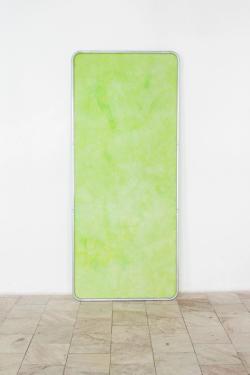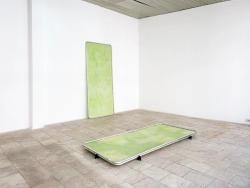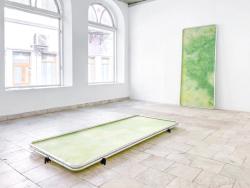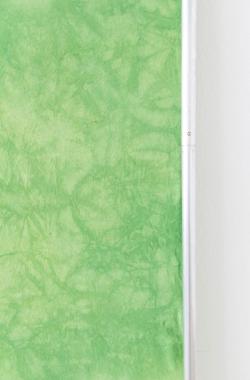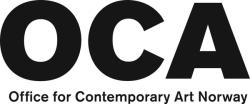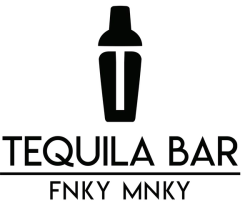Kristina Stallvik
Verdant
17.05. – 08.06.2025' /%3E%3C/svg%3E)
Verdant 2.4 x 1 meter aluminum tubing from disassembled wedding photography back- drop; 180 gsm canvas; dandelion, helichrysum flower, birch, and barberry pig- ment; allum salts; rust Installation dimensions variable 2025 ' /%3E%3C/svg%3E)
Verdant 2.4 x 1 meter aluminum tubing from disassembled wedding photography back- drop; 180 gsm canvas; dandelion, helichrysum flower, birch, and barberry pig- ment; allum salts; rust Installation dimensions variable 2025 ' /%3E%3C/svg%3E)
Verdant 2.4 x 1 meter aluminum tubing from disassembled wedding photography back- drop; 180 gsm canvas; dandelion, helichrysum flower, birch, and barberry pig- ment; allum salts; rust Installation dimensions variable 2025 ' /%3E%3C/svg%3E)
Verdant 2.4 x 1 meter aluminum tubing from disassembled wedding photography back- drop; 180 gsm canvas; dandelion, helichrysum flower, birch, and barberry pig- ment; allum salts; rust Installation dimensions variable 2025 ' /%3E%3C/svg%3E)
Verdant 2.4 x 1 meter aluminum tubing from disassembled wedding photography back- drop; 180 gsm canvas; dandelion, helichrysum flower, birch, and barberry pig- ment; allum salts; rust Installation dimensions variable 2025 ' /%3E%3C/svg%3E)
Verdant 2.4 x 1 meter aluminum tubing from disassembled wedding photography back- drop; 180 gsm canvas; dandelion, helichrysum flower, birch, and barberry pig- ment; allum salts; rust Installation dimensions variable 2025 ' /%3E%3C/svg%3E)
Verdant 2.4 x 1 meter aluminum tubing from disassembled wedding photography back- drop; 180 gsm canvas; dandelion, helichrysum flower, birch, and barberry pig- ment; allum salts; rust Installation dimensions variable 2025 ' /%3E%3C/svg%3E)
Verdant 2.4 x 1 meter aluminum tubing from disassembled wedding photography back- drop; 180 gsm canvas; dandelion, helichrysum flower, birch, and barberry pig- ment; allum salts; rust Installation dimensions variable 2025
I love the colour green, and have never been able to appreciate the connotations that often attach to it: green with envy, green with greed, green money. To me, green is the colour that signals possibility; green is transcendent; green is the colour that soothes the nervous system. Whenever I can, I spend my time in what I call privately, “an immersion in green.” If I close my eyes, the inside of my eyelids take on a verdant hue.
Stallvik emphasises green as a surface, as in, the pre-production technology that enables projection, illusion, pretend. The logic of the green screen is that it is both nowhere and anywhere. The technology is possible because green is the furthest hue from the spectrum of human skin tones—a virtual other. Yet that otherness (so ‘other’ that the superimposed image doesn’t have a physical referent) in turn enables a temporary identification of the human with speculative somatics.
Recently, I was part of an audience to a discussion on semblance. The dialogue considered various forms of ‘screening’ and the etymology of the term. I hadn’t known before that the screen as a veil or threshold had an original meaning more akin to shield. It crossed my mind several times that our modern screens are less the receivers for projection than they seem to be the containers for infinite images. Screens make possible the images we consume in order to comprehend ourselves.
Between four large frames, Stallvik has stretched swathes of canvas that have been dyed and re-dyed six times in botanical baths—concoctions of foraged regional plants with synthetic blue to balance the tones. The fabrics have accumulated layers of pigment, only in order to become that neutral green, totally contiguous so as not to expose the artifice of the screen. But the greens of Stallvik’s mixing never do become ideal. They have been marked with natural pools of residue, little desire-paths of liquid colour that have followed the furrows and contours of gathered cloth; and so, the canvases are caught between a defiant refusal to function—the embodiment of a glitch—and a shy capitulation to their intended use as neutral backdrops.
The standard green screen costume worn by actors is made of spandex, an anagram for expands. Pretending, I would argue, is a form of expansion into the possible: what could be there, but isn’t yet. Expanding one’s vision, it becomes possible to not only enter into, but adapt to certain narratives, into realms of creaturely excess. - Text by Sarah Messerschmidt
Verdant is one component of Stallvik's ongoing research on the fictional reproduction of animals in cinema - examining the current narrative scripts that compose an anthropogenic understanding of species characteristics. How do advancements in filmic technology mediate human relationships to the non-human? How does chroma key composite imagery (green screen) both draw upon and reinforce a hybrid canon of literature and scientific texts?
Kristina Stallvik (b.1999, US) is an artist and initiator of the Berlin based publishing project, cover crop. Recent exhibitions and performances have been staged at the Mayrit Biennial (ES), Y Gallery (IS), Between Bridges (DE), Magma Maria (DE), The Living Art Museum (IS) and Kunsthall Trondheim (NO). Recent readings, presentations, and lectures have been hosted by GROTTO, Montez Press Radio, Transmediale Festival, and Gerrit Rietveld Academie.
Stallvik's practice is supported by the Office for Contemporary Art Norway and the Alexander von Humboldt Foundation.
